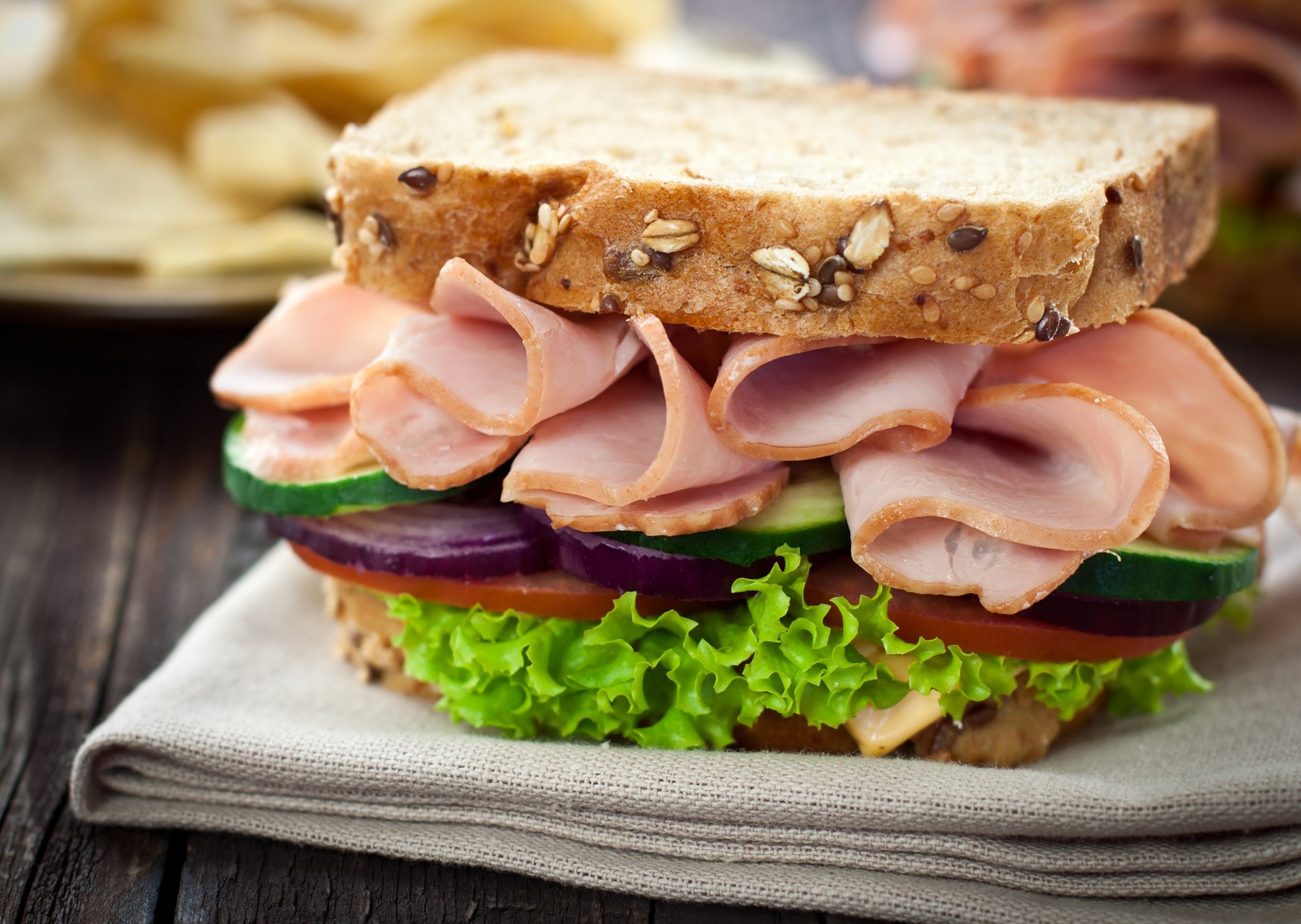
Curing has been used to preserve meat for over five thousand years, and until the invention of refrigeration, curing using salts and spices was one of the most important methods of preserving meat to extend food supply. People also grew to appreciate the delectable flavours and aromas associated with these marination techniques.
Nitrite salt is a significant additive in meat curing, serving as a preservative and preventing the growth of unwanted microorganisms such as Clostridium botulinum and listeria. It also gives cured meats their characteristic colour.
However, evidence suggests that too much nitrite in the diet can impact human health, and a trend towards more healthier meats entails using less nitrite, more effectively.
This trend for more healthy meat products is reflected in the market. Analysis by GlobalData shows that, in the US, while the meat market is projected to register a CAGR of more than 2% during the forecast period 2021-2025, it is the cooked meats (packaged) category carrying health and wellness claims, that registered the fastest growth during 2015-2020. [i]
Cooked ham, bacon and poultry sliced meat producers are assessing how they can make their processes healthier, by reducing salt and nitrite use, and yet keep the unique and flavoursome tastes and aromas that their customers love.
Just as importantly, producers are also constantly seeking ways to boost efficiency and reduce costs while maintaining food quality and consistency.
Good preparation is key
GEA Food Solutions is leading the field by providing producers with a suite of innovative equipment, designed to provide consumers with healthier versions of the products they love; succulent and tasty ham, bacon and poultry sliced meats. Additionally, new equipment designs are improving efficiency, reducing costs, and eliminating waste.

Willem Poos is product group owner, marination, at GEA Group. Poos explains that creating an excellent product starts right at the beginning of the process, with using good-quality ingredients and the right equipment.
“If you don’t have the best equipment or if you do the process incorrectly, then you will have problems later on in the process,” warns Poos. “Problems with the binding of the product, colour development, or curing. For example, if you don’t cure the product well enough, that can result in slicing losses and microbiology problems that can affect shelf life.”
Poos points out that the process of marination starts at the moment of mixing the brine. “This mixing must be done perfectly,” he says.
GEA’s ScanBrine preparation system offers controlled and efficient mixing of brines and marinades, even being adaptable to specific application needs. Crucially it also supports downstream processes with injectors, tumblers, mixers, and bowl cutters. Once mixed, the brine is held ideally at a temperature between 2 to 4°C until needed in a machine, such as an injector.
Injection, tenderizing, tumbling
Once the brine is transferred, it is needle size and pattern that determines brine distribution. “For ham, we’re talking about 4mm. For cooked sliced poultry and bacon we could also use the 2mm for increased distribution of brine into the product,” says Poos.
Poos briefly explains the next steps in the process: “You can set the programme to ensure the brine is distributed throughout the whole product, vertically and horizontally. Once the product is injected then you tenderise, to create more surface by carving on the outside of the product.

This carving and specific set pressure from the top roller of the tendriser can release tension in the meat, making it easier to manage and form. Tumbling the product helps improve brine distribution and creates protein extraction. By roughening the outside, proteins become looser, allowing for better binding during cooking.
For sensitive products, GEA’s ScanMidi massaging and tumbling system has the option to utilise a gentle ‘meat-on-meat’ massaging action.
GEA’s leading MultiCarve tenderiser (pictured below) is designed to work together with the MultiJector (pictured above) to enhance premium ham production with a flexible, hygienic, and efficient marination solution. These systems ensure perfect brine distribution and retention for each piece of meat.

Poos notes that the unique roller layout on the MultiCarve, one above the other, helps to ensure complete tenderisation of the meat after injecting.
He also highlights how machines that are easy to clean can save a tremendous amount of time, such as the MultiCarve and MultiJector.
“High-end machines require regular cleaning,” points out Poos. “To ensure a clean machine, it is essential to remove all the vital components, such as needle blocks and tenderiser rollers and these are designed to be quick and easy to swap out. Cleaning units with UV and ultrasonic technology are available for needles and needle blocks. This ensures that everything is 100% clean before production begins, ensuring safe, high-quality products for customers.”
A complete solution for healthier products
Equipment flexibility is a key aspect of his work, explains Poos, with the company aiming to have a broader application range with each machine.
At the same time, digital technology is allowing more use of measurements, such as weight, yield, and temperature. This allows a better understanding of the product, enabling the producer to make improvements to efficiency and quality, crucial for reducing waste and increasing food safety.
Poos says that GEA is leading the way by listening and learning.
“To improve the process and products, it’s essential to understand the customer’s wishes and preferences,” he comments. “By speaking the same language as the customer and learning from them, businesses can create innovative solutions. Many suppliers can achieve similar goals, but not all possess the knowledge to understand their actions.
“We aim to break this trend by leading the market and improving technology. By doing so, businesses can create value and stay ahead of the competition.”
For further information on GEA Food Solutions, including those featured in this article, download the paper below.
[i] www.globaldata.com/store/report/usa-meat-market-analysis/
